A Guide to Hygienic PVC Wall Cladding
Published on: 06/08/2024
In environments where hygiene is paramount—such as hospitals, laboratories, kitchens, dentists, schools and veterinary clinics, maintaining clean and sterile environments is crucial. Hygienic PVC wall cladding offers an excellent solution for these needs, providing a durable, easy-to-clean, and aesthetically pleasing finish. This guide explores the benefits of hygienic PVC wall cladding, its installation process, maintenance tips, and specific applications in hospitals, schools and kitchens.
What is Hygienic PVC Wall Cladding?
Hygienic PVC (Polyvinyl Chloride) wall cladding consists of rigid plastic panels designed for wall coverings. This cladding is often used in settings where cleanliness and sanitation are critical, offering a smooth, non-porous surface that resists the growth of bacteria and mildew.
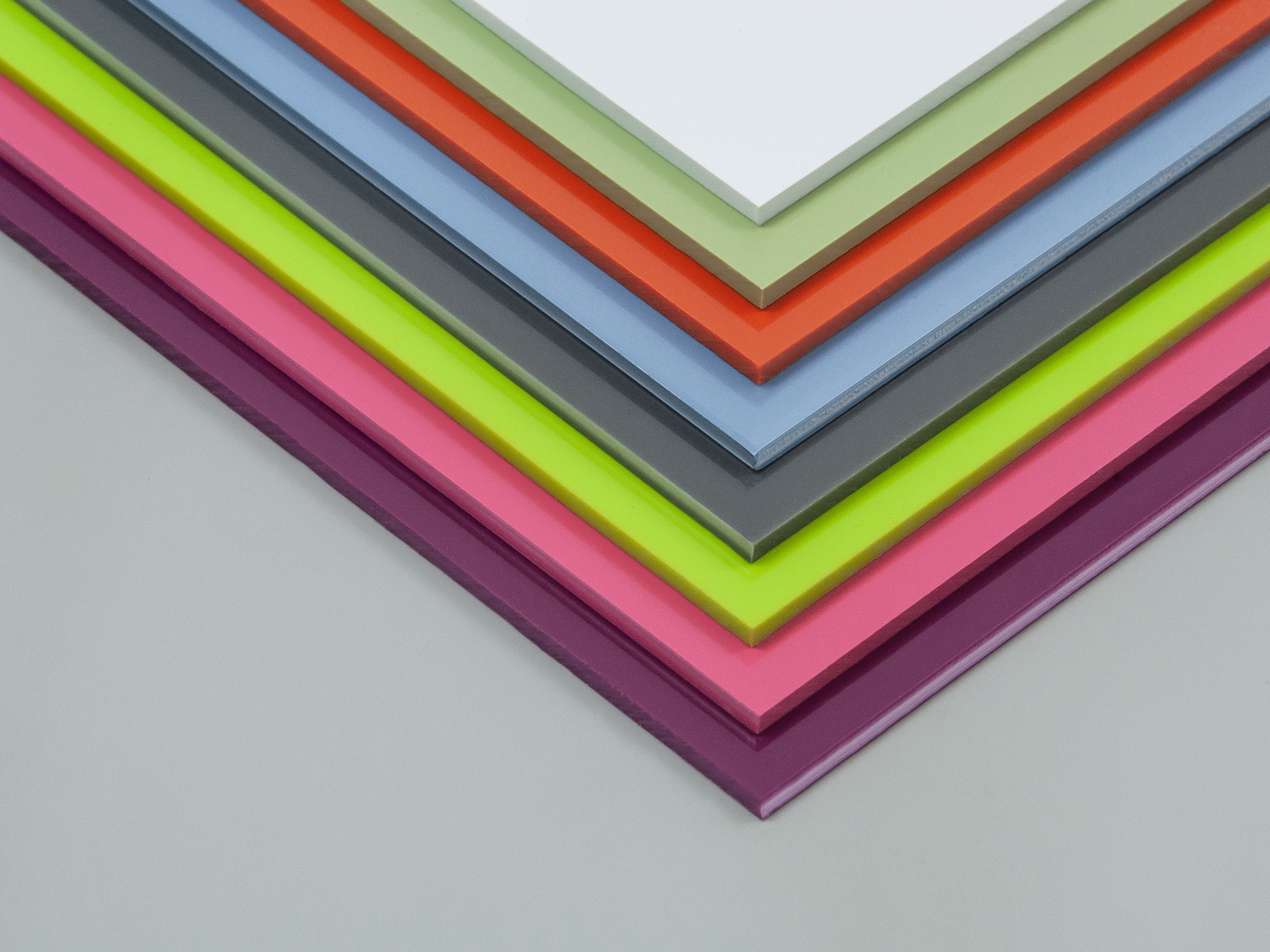
Benefits of Hygienic PVC Wall Cladding
- Durability and Strength
PVC panels are tough and resistant to impact, scratches, and chemicals. This makes them ideal for high-traffic areas where walls may be subjected to frequent cleaning or potential damage.
- Ease of Cleaning
The smooth, non-porous surface of hygienic PVC wall cladding ensures that dirt, grime, and bacteria can be easily wiped away. This significantly reduces the time and effort required for cleaning compared to traditional wall finishes.
- Moisture Resistance
PVC is inherently water-resistant, making it an excellent choice for areas prone to moisture, such as bathrooms, kitchens, and food processing areas. It prevents mould and mildew growth, maintaining a hygienic environment.
- Cost-Effective
Compared to other wall covering options, PVC cladding is relatively inexpensive. Its durability and low maintenance requirements also mean long-term savings on repair and cleaning costs.
- Aesthetic Appeal
Available in a variety of colours and finishes, hygienic wall cladding can be tailored to fit the design needs of any space. This allows for a clean, professional look while maintaining high hygiene standards.
- Seamless Surface
When installed with the appropriate trims, which are not only visually appealing but also crucial for maintaining good hygiene standards, PVC cladding has a completely seamless surface. Without gaps or joints where dirt and bacteria can accumulate, the smooth surface ensures easy cleaning and effective sterilisation, providing a clean and professional finish.
The Importance of Hygienic PVC Wall Cladding in Hospitals
Hospitals and healthcare facilities require the highest levels of hygiene to prevent the spread of infections and ensure patient safety. Hygienic cladding is an essential component in maintaining these standards with its germ and chemical resistant surface, minimising the risk of hospital-acquired infections (HAIs).
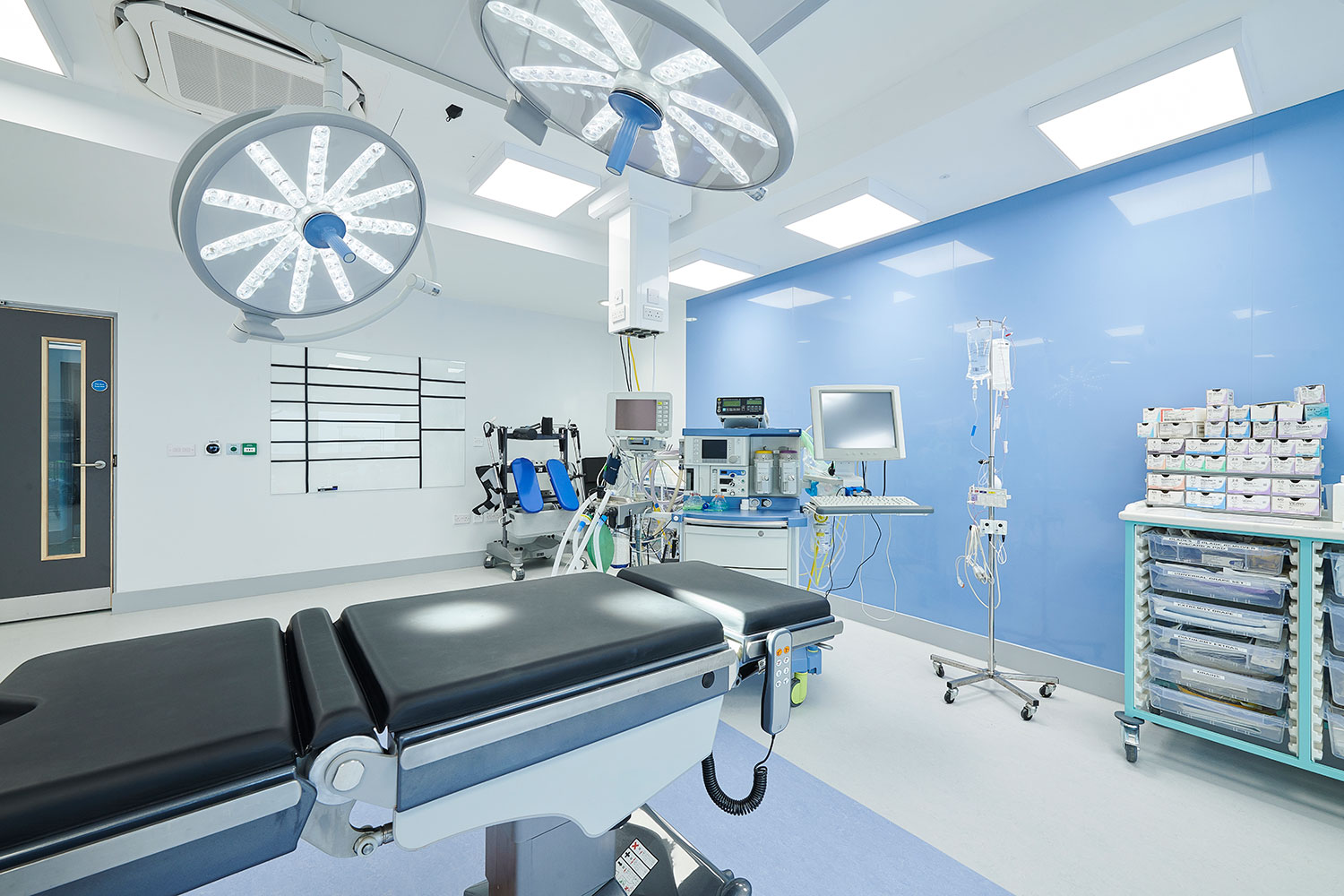
This type of cladding offers seamless surfaces that are impervious to liquids, preventing the accumulation of pathogens in cracks and crevices. Its ability to withstand rigorous cleaning with disinfectants ensures that hospital walls remain free of contaminants. This proactive approach to hygiene in hospitals not only protects patients but also supports healthcare professionals in maintaining a clean and safe medical facility.
Why Kitchens and Cafeterias Use Hygienic PVC Wall Cladding
Kitchens and cafeterias, especially in commercial settings, need to uphold high standards of cleanliness to ensure food safety and hygiene. In commercial kitchens, hygienic wall cladding is essential for ensuring food safety and regulatory compliance as these environments demand robust surroundings that can withstand constant exposure to food splatters, grease, and high humidity. Hygienic cladding provides a protective barrier that resists stains and prevents the infiltration of contaminants.
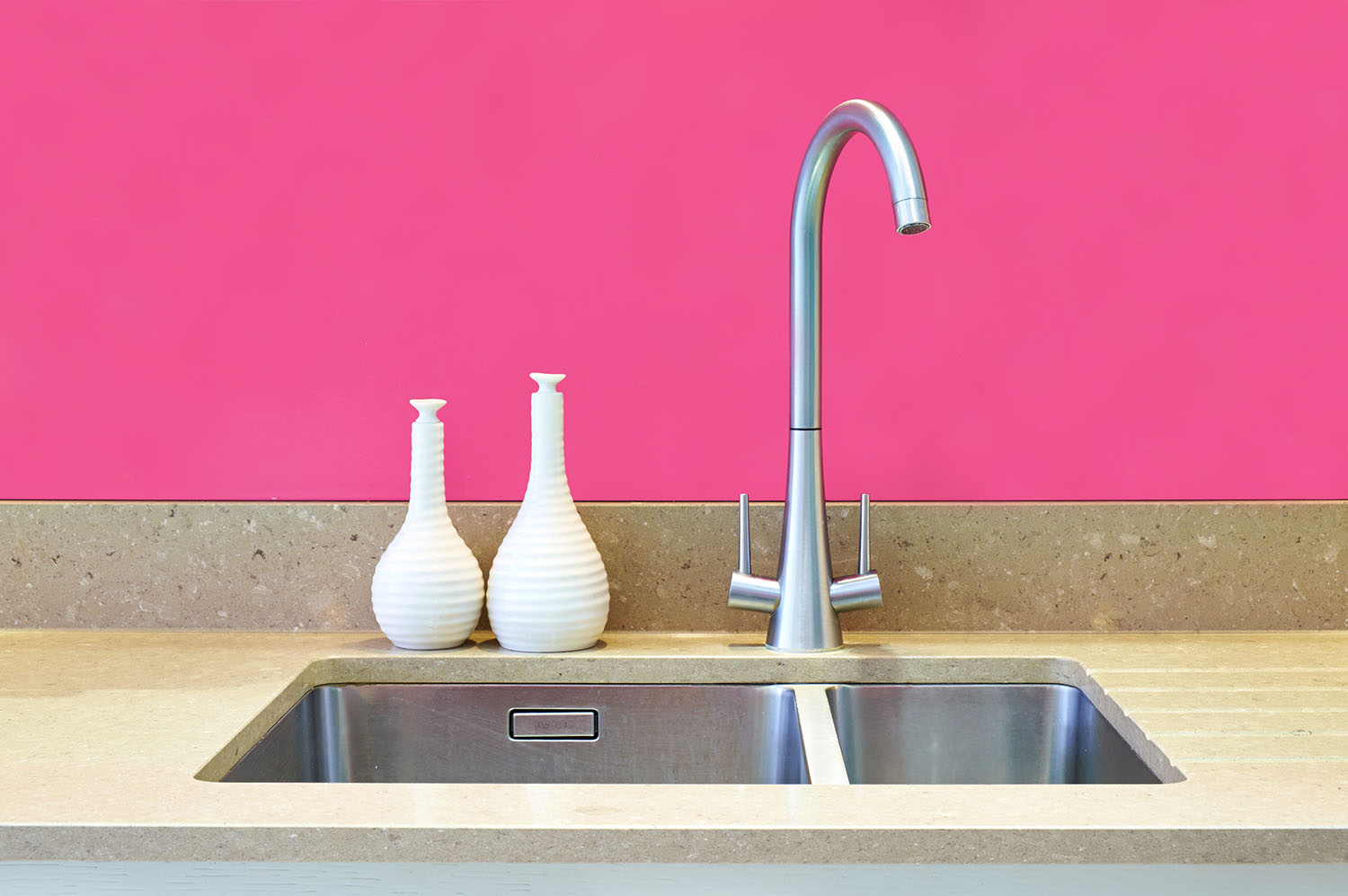
It’s easy-to-clean nature ensures that kitchen staff can quickly and effectively sanitise the workspace, reducing the risk of foodborne illnesses. Furthermore, the installation of hygienic wall cladding aids in meeting health and safety standards, facilitating regular inspections and helping businesses avoid costly fines and shutdowns due to hygiene breaches.
Enhancing School Environments with Hygienic PVC Wall Cladding
In schools, hygienic wall cladding can play a vital role in maintaining clean and safe environments, especially in areas like gyms and art classrooms where walls are subject to unique challenges. In school gyms, the cladding provides a durable surface that can withstand the impact from sports activities, reducing wear and tear while also being easy to clean to prevent the spread of germs among students.
In art classrooms, where walls can be frequently splattered with paint, clay, and other materials, hygienic cladding ensures that these substances can be easily wiped away, maintaining a neat and safe workspace. This type of wall covering not only helps in maintaining high standards of cleanliness but also ensures compliance with health and safety regulations, creating a healthier and more enjoyable learning environment for students.
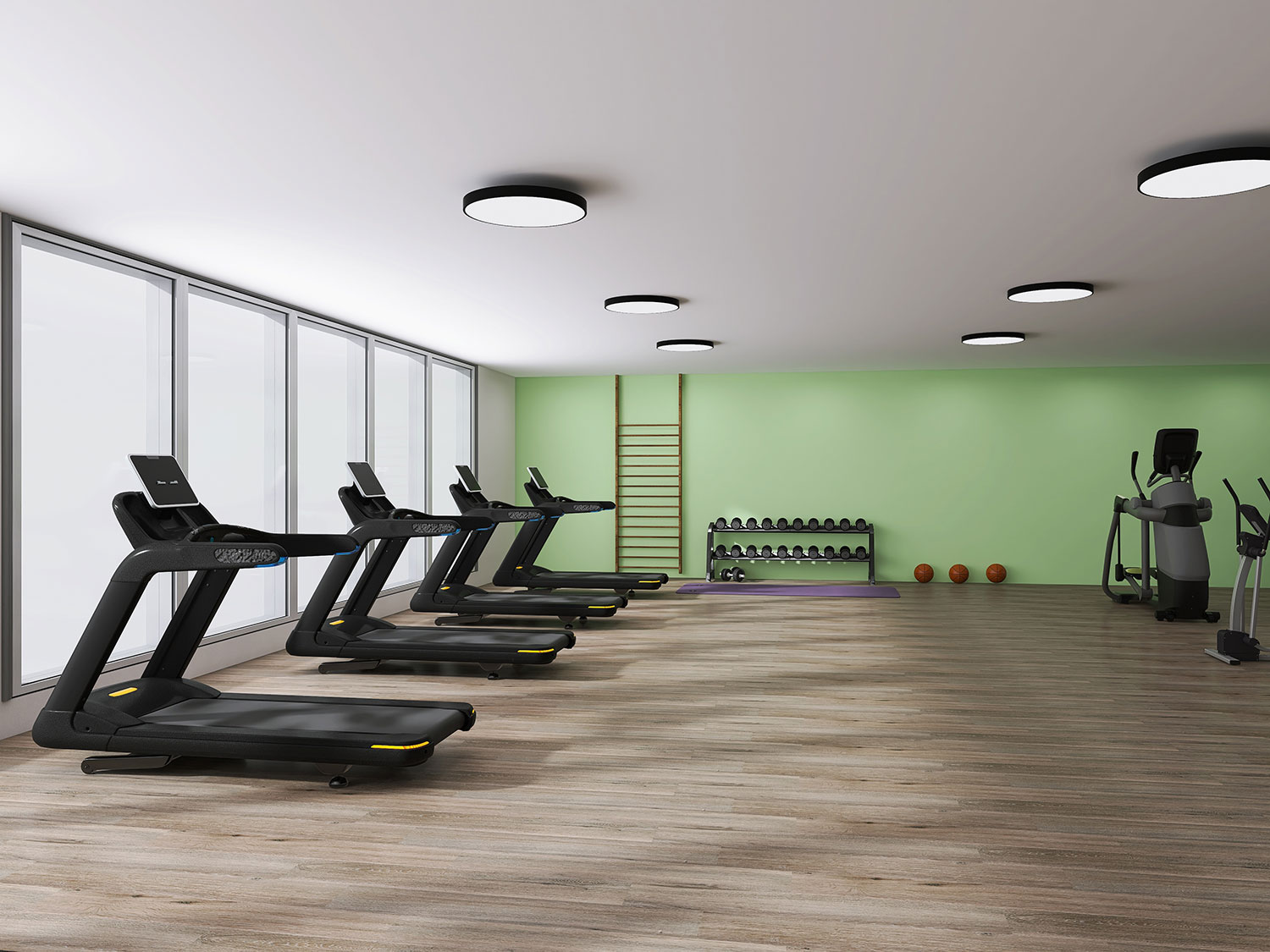
How to Install PVC Cladding
Installing PVC wall cladding is a quick and easy process that involves preparing the wall by cleaning, measuring and cutting the panels to size and then applying a suitable adhesive. The panels are then pressed firmly onto the wall, starting from one corner, and smoothed out to remove air bubbles. Joints and edges are sealed with silicone to prevent moisture ingress, and final checks are made to ensure there are no gaps or uneven areas, allowing the adhesive to cure properly. If you would like a full, in-depth hygienic cladding installation guide, check out the datasheet available on each product page.
How to Clean Hygienic Wall Cladding
To keep your hygienic PVC wall cladding in optimal condition, regularly clean the panels with a mild detergent solution and a soft cloth, avoiding abrasive cleaners that can scratch the surface. Avoid prolonged exposure to harsh chemicals to prevent discolouration and use compatible cleaning agents. Promptly address any damage or peeling panels to prevent further deterioration, using a PVC repair kit for small scratches or scuffs.
Periodically inspect the cladding, especially in high-moisture areas, to ensure all seals and joints remain intact and reseal if necessary. If you would like a full, in-depth hygienic cladding cleaning guide, check out the datasheet available on each product page.
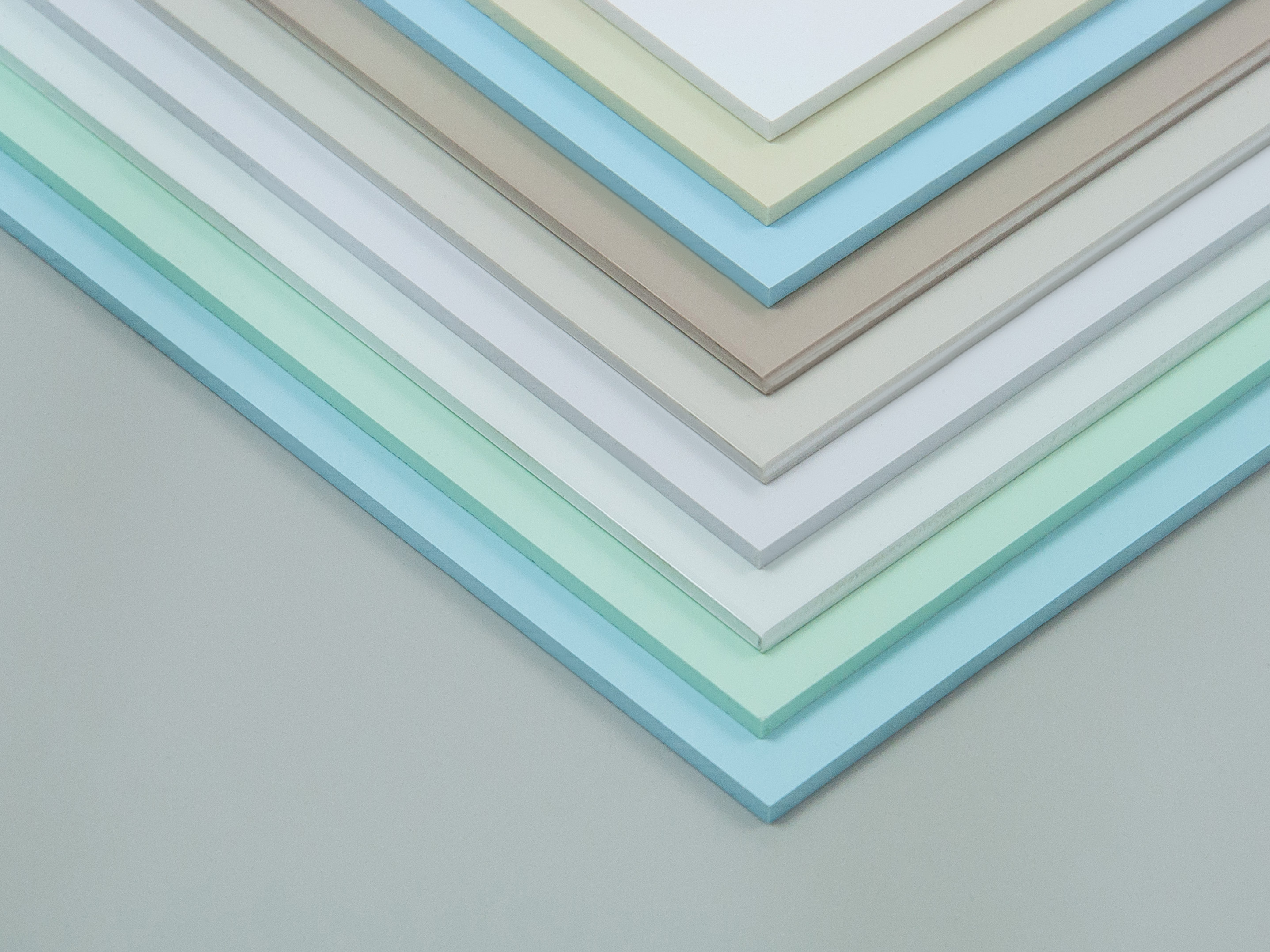
Why Choose to Buy PVC Wall Cladding from Simply Plastics?
Choosing Simply Plastics for your hygienic wall cladding and PVC cladding needs means partnering with a dedicated, expert team with over 30 years of experience in the industry. Alongside PVC wall cladding, our extensive inventory includes a market-leading range of plastic materials, including Perspex®, Dibond, Foamex, Polycarbonate, PVC, and acrylic mirror, providing easy access to high-quality materials for all your plastic requirements.
For more information on hygienic wall cladding, further installation tips and maintenance advice, visit our website or contact our experts today on +44 (0)1206 638056.
Frequently asked questions
Hygienic cladding is made from PVC which is significantly less expensive to buy than ceramic or porcelain tiles. The large sheet size of hygienic cladding means less individual pieces are required per project which also lowers the overall spend. Installation of hygienic cladding is much quicker and less labor-intensive compared to tiles and is much easier to clean, reducing installation and maintenance costs.
When installing PVC cladding, it's essential to choose the right adhesive to ensure a secure and durable application. We have a wide range of hygienic cladding adhesives available on our website that are specifically designed to bond PVC materials effectively and provide a strong hold. The main adhesives used for installation are Premierbond 2 Part Adhesive and Premierbond HT Hybrid MS Polymer Adhesive.
Cutting hygienic wall cladding requires precision to ensure a clean and professional finish. Tools required include a measuring tape, marker or pencil, straight edge or ruler, utility knife or jigsaw, clamp and sandpaper.
Here is a step-by-step guide on how to cut cladding effectively:
Measure and Mark
- Measure the area where the cladding will be installed.
- Mark the cutting lines on the hygienic cladding sheet using a marker or pencil. Use a straight edge to ensure the lines are straight.
Secure the Cladding
- Place the PVC cladding on a stable work surface.
- Use clamps to secure it in place to prevent it from moving during cutting.
Cutting
- Using a Utility Knife: Score along the marked line with a utility knife. Make several passes with increasing pressure until you can snap the cladding along the score line.
- Using a Jigsaw: If using a jigsaw, choose a fine-toothed blade to minimise chipping. Follow the marked line carefully, keeping the jigsaw steady and moving at a moderate speed.
Smooth the Edges
- After cutting, use sandpaper to smooth any rough edges. This will ensure a neat finish and prevent any sharp edges that could cause injury.
Check the Fit
- Place the cut piece in its intended location to ensure it fits properly. Make any necessary adjustments by trimming or sanding further.
For more detailed instructions please see our installation guide.
Yes, you can drill into PVC hygienic cladding making it a flexible option for various applications, but there are some considerations and best practices to ensure a clean job:
Choose the Right Drill Bit
Use a drill bit specifically designed for plastic or PVC. A standard twist drill bit can work, but a bit designed for plastics may provide cleaner holes.
Use a Pilot Hole
Start with a smaller pilot hole to guide the larger drill bit. This helps prevent the PVC from cracking or splitting.
Drill at a Low Speed
Drill at a slower speed to minimise heat buildup, which can cause the PVC to deform or melt.
Support the Cladding
Ensure the cladding is well-supported to prevent movement, which could lead to uneven drilling or damage.
Avoid Over-Tightening
When using screws or fixtures, be careful not to over-tighten them, as this can cause stress and potential cracking in the cladding.
Test on a Scrap Piece
If possible, test your drilling technique on a scrap piece of PVC cladding to adjust your approach if needed.
Clean the Area
After drilling, clean up any plastic shavings or debris from the area to ensure a neat finish and proper installation of any fittings.

 {{product.colours}} Colours
{{product.colours}} Colours